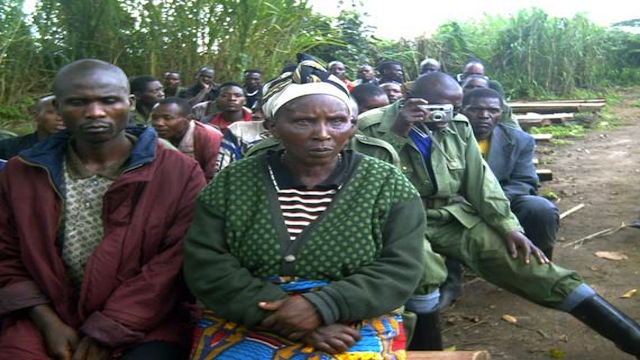INTRODUCTION
Fifteen years after the small nation of Rwanda experienced one of the worst
tragedies of the modern history, the core problems remain unresolved. While most
people, including Great Lakes Region experts, humanitarian and human rights
organizations, diplomats, intelligence services, and Great Lakes region
nationals agree on the social roots of the problems, they disagree on the
solutions.
The agreement that ethnic politics constitute the root of the problem
remains widespread. Ethnic politics have set the stage for the tragedy to happen
and have continued to profoundly shape the political landscape. Several
propositions to resolve the conflict have been put forward. Unfortunately, these
proposed solutions appear not based on clear specific, measurable, achievable,
pragmatic and time-bound objectives. Without such clearly defined objectives,
the roads to durable solutions in the Great Lakes region, especially in Rwanda,
may only lead nowhere.
This lack of clear vision has lead to the multiple
invasions of the DRC by Rwanda and Uganda, the recent invasion of the DRC by
Rwanda through proxy forces, and the combined military operations by the Rwandan
Army, Rwandan Defense Forces (RDF) and the congolese army, FARDC, against
congolese militias, rwandan rebels, and rwandan refugees.
The world has been
experimenting with Henry Kissinger’s theory that “If you do not know where you
are going, any road will take you there” and the Roman Empire narcissistic
approach that “all roads lead to Rome”. The result of the chaotic approach to
solving the problems of the Great Lakes region has been more chaos, massive
losses of life, missed economic opportunities, and making the problem even more
complex.
This memorandum goes from lessons learned from my own personal tragedy
and attempts to propose an approach and find solutions to reach durable peace in
the Great Lakes region. The memorandum proposes to look at the ways of the past
without following the roads that led to failure.
As the Japanese poet Matsuo
Basho said: “Do not seek to follow in the footsteps of the men of old; seek what
they sought.” The experience of our predecessors can teach us what made them
fail despite their honest vision. They sought a peaceful and prosperous region,
where ethnic groups will live harmoniously, while individuals would thrive, and
the region would live in an economic integration.
For that purpose, our Rwandan
predecessors tried ethnic politics and failed: from the seeds of ethnic
politics, Rwandans harvested unbearable suffering. It is the task for the
current Rwandan leaders and the future generations to follow the legitimate
aspirations of their predecessors, but track a different road: a road beyond
ethnic politics and fear. The memorandum describes the road as envisioned.
The
proposition in the memorandum maps four critical phases:
- Recognize the fallacies behind the denial of ethnic identities;
- Mobilize the Rwandan people for consensual democracy;
- Aim for the full democracy, where platforms of ideas will transcend ethnic identities;
- Openness to the World, beginning with good neighborhood and regional integration.












No comments:
Post a Comment